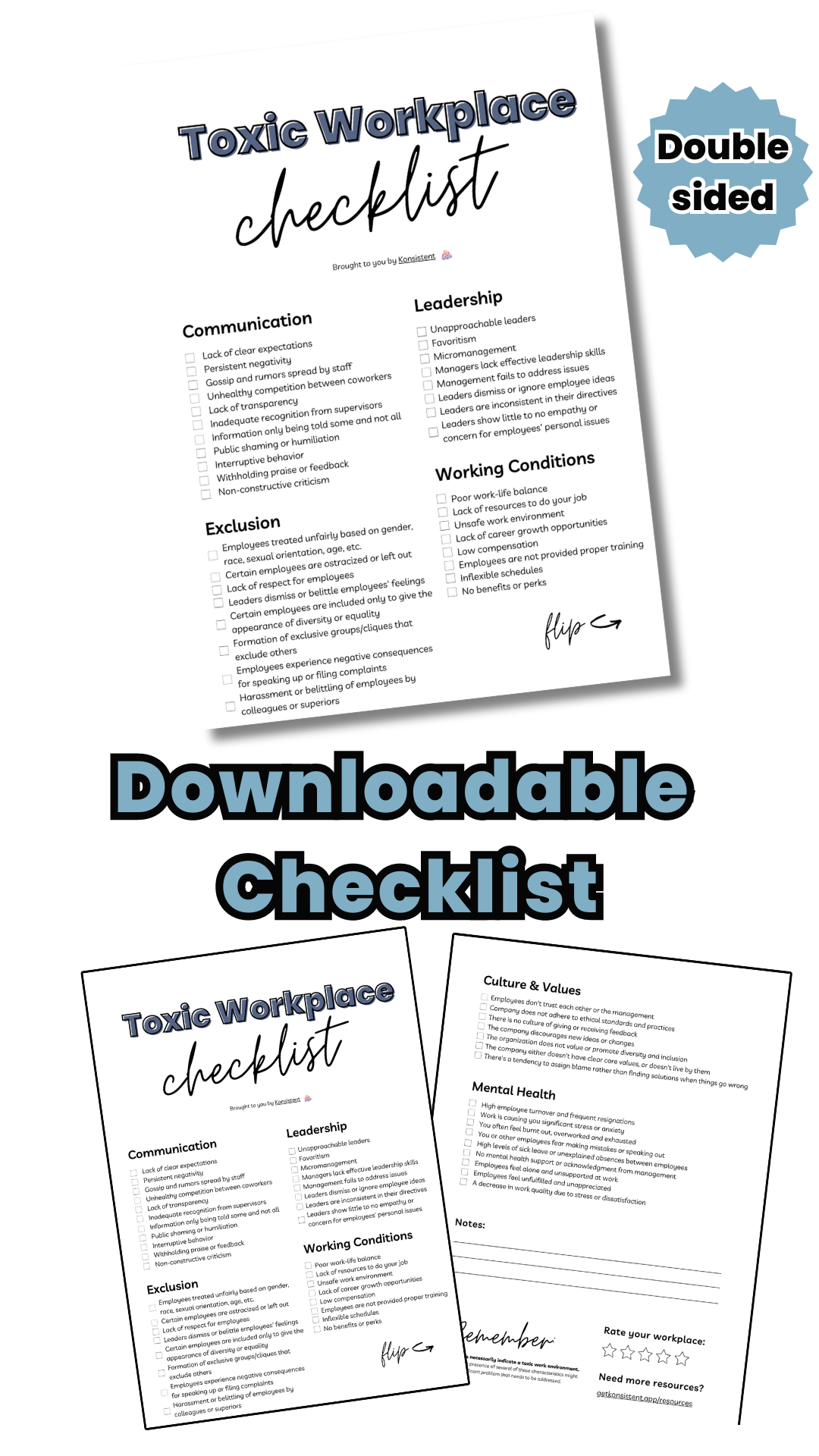What is alienation in the workplace?
7 November 2022 | 4 mins read
- Employee resources
We’ve all experienced it at some point: You walk into the office on Monday morning, and you can just feel the tension in the air. It seems like everyone is busy doing their own thing, and no one wants to talk to anyone else.

What’s going on?
Why is everyone so distant?
Chances are, your workplace is experiencing a case of alienation.
Alienation in the workplace can take many different forms. It might manifest as a feeling of isolation or being disconnected from other employees. It might be a sense that your job is meaningless or monotonous. Or it could be the feeling that you’re not valued and your contributions are not appreciated. Whatever form it takes, alienation can be a very damaging experience for employees. It can lead to a number of negative consequences, such as decreased productivity and job satisfaction.
In this blog post, we’ll explore some of the causes and effects of alienation in the workplace, and we’ll suggest ways to address it.
P.S. Are you a high school or university student who has experienced harassment? Help us improve our product by taking this anonymous survey.
What is alienation in the workplace?
Alienation is defined as a sense of separation or isolation from others, whether in a physical or emotional sense. This can manifest itself in many ways in the workplace, from feeling disconnected or ignored by your coworkers to being excluded from important meetings or decision-making processes.
Workplace alienation is one of the biggest hidden problems that kill productivity and employee retention in the office.
Are you feeling stressed, unvalued, or isolated at work but can't quite put your finger on the root of the issue?
Our comprehensive 'Toxic Workplace Checklist' could provide the clarity you're seeking. This checklist, designed by our language detection experts at Konsistent, pinpoints key signs of an unhealthy work environment, empowering you to better understand and navigate your professional sphere. Download your free copy today, and take the first step towards a more inclusive, respectful, and supportive workspace.
What exactly does it mean to be alienated at work?
In the workplace, alienation is often experienced as a feeling of being disconnected or isolated from one’s coworkers, supervisors, and other members of the organization. This can take many different forms, including feelings of not being valued or appreciated by colleagues, being excluded from important decisions or information, and feeling that one’s work is not recognized or valued.
Some common examples of alienation at work might include feeling ignored or marginalized by one’s colleagues, experiencing a lack of transparency in decision-making processes, facing discrimination and/or harassment in the workplace, or simply being unhappy with one’s job or career path.

According to Karl Marx theory of alienated labor, workplace alienation refers to the process of being estranged or detached from one’s self, work, and/or society. In other words, alienation can occur when an individual feels disconnected from their workplace or colleagues, or when they feel that their work has no real value or meaning.
Karl Marx describes four dimensions of workplace alienation: alienation from the work itself, alienation from the product of one’s labor, alienation from other workers, and alienation from oneself. Examples of being alienated at work can include feeling unmotivated or disengaged in your job duties, feeling undervalued or insignificant within your organization, and experiencing negative relationships with your colleagues or superiors.
There are several different types of alienation that workers may experience on the job, including emotional alienation, social alienation, and economic alienation. Emotional alienation can occur when you feel disconnected from your coworkers and unable to form meaningful connections with them. Social alienation may occur when you feel like you are being excluded from important decisions or conversations, and this can lead to a lack of trust and collaboration in the workplace. Economic alienation is perhaps the most obvious form of alienation, as it can involve being under-compensated for your work or having limited opportunities for career advancement.
Related read: Is yelling in the workplace harassment?
Alienation in the workplace examples
There are many different examples of alienation in the workplace. For example, you may have felt alienated if you’ve been passed over for a promotion that you deserved, or if your ideas and contributions are routinely dismissed by your colleagues. You may also experience alienation if you feel that the work you do is unimportant or meaningless, or that it doesn’t allow you to fully express your talents and skills.
Alienation in the workplace can also look like feeling underappreciated, feeling like your work isn’t valued or recognized by others, or experiencing a lack of support from your manager or team. Feeling alienated at work by coworkers or supervisors can lead to decreased job satisfaction, decreased productivity, and even burnout.
Today, more and more people are choosing to prioritize their wellbeing and work-life balance, which has resulted in a growing number of people seeking out better work environments or even transitioning to new careers. Managers have an important role to play in reducing alienation in the workplace by creating a supportive and collaborative work environment, valuing employee contributions, and encouraging their staff to take initiative and voice their opinions.
What causes workplace alienation?

The causes of alienation at work may include things like a lack of communication within the organization, unclear expectations and responsibilities, employer policies or practices that are unfair or inequitable, and a general sense of dissatisfaction with one’s job or working conditions.
There are also some workplace factors that may contribute to alienation, such as stress, workplace conflict, or a lack of work-life balance. For example, if you’re feeling overly stressed in your current position and feel like you have no control over your schedule or workload, this could result in alienation from yourself and your job.
If you are feeling alienated at work, remember that you are not alone, and there are steps that you can take to address the situation. By speaking up about your concerns and working to build stronger connections with your team and coworkers, you can help foster a more supportive and positive work environment for everyone.
Related read: What are the signs of age discrimination in the workplace?
How to reduce alienation in the workplace
While alienation in the workplace can be a challenging and frustrating experience, there are strategies that you can use to reduce or improve these situations. Some tips for reducing alienation at work include setting boundaries around your time and workload, seeking out supportive relationships with coworkers and managers, using assertiveness and negotiation skills to resolve conflicts, and actively seeking out opportunities for professional development.
Don’t be afraid to stand up for yourself and advocate for your needs, or to approach your manager or team if you feel that a particular situation is negatively impacting you. Additionally, taking time to invest in self-care and wellness activities can help you reduce stress and improve your overall wellbeing, which can help make alienation at work easier to cope with.

For supervisors looking to reduce alienation in the workplace, the key is to create an environment where employees feel supported, valued, and engaged. This may involve providing opportunities for growth and development, promoting open communication among team members, or encouraging collaboration amongst coworkers.
Additionally, managers should strive to create a work culture that values diversity and inclusion and promotes respect for all individuals. Extend some grace to your employees when needed, and encourage a healthy and inclusive workspace for employees to feel safe in. By taking steps to reduce alienation in the workplace, managers and team members can help foster a healthier and more productive work environment for everyone.







